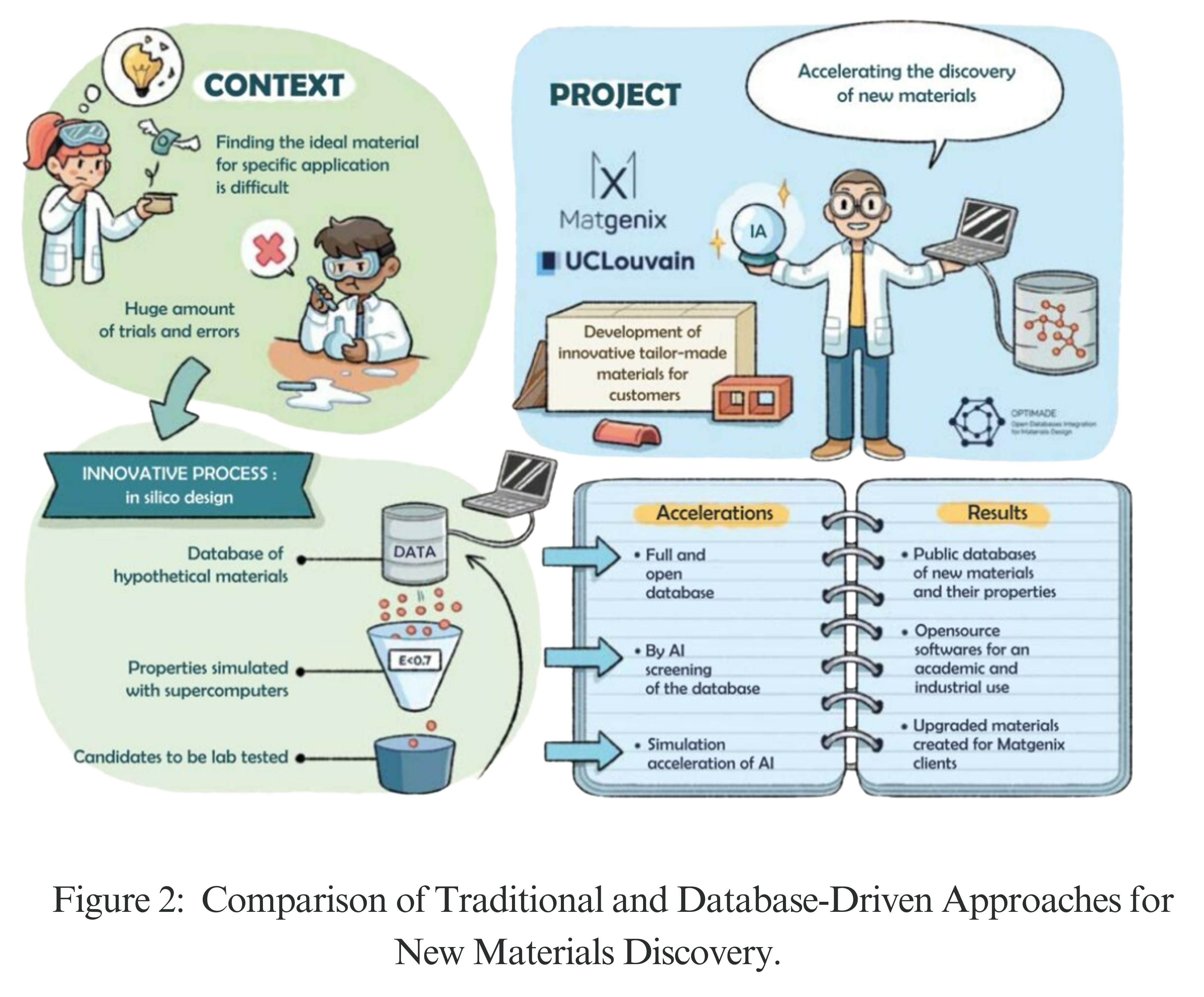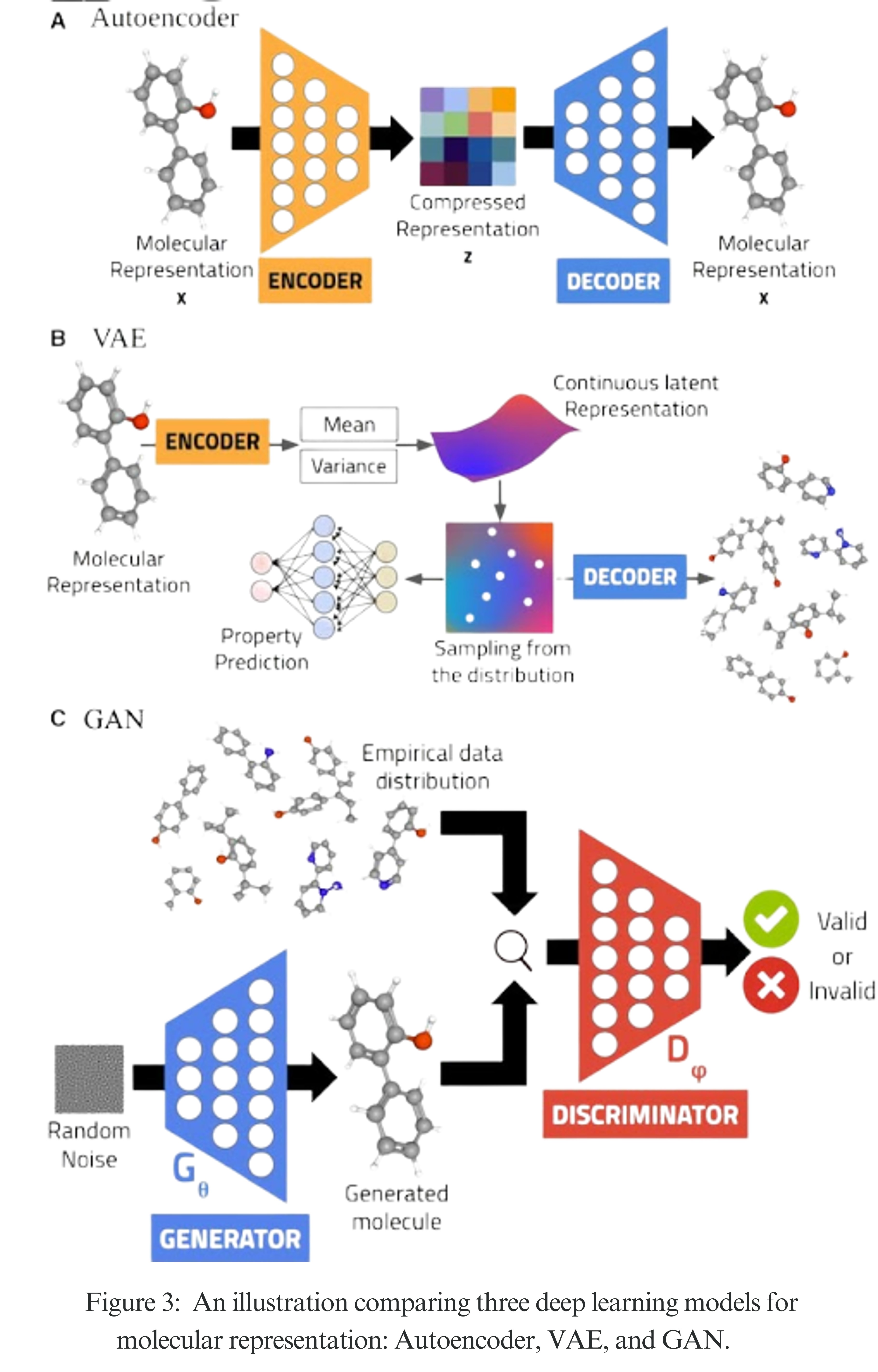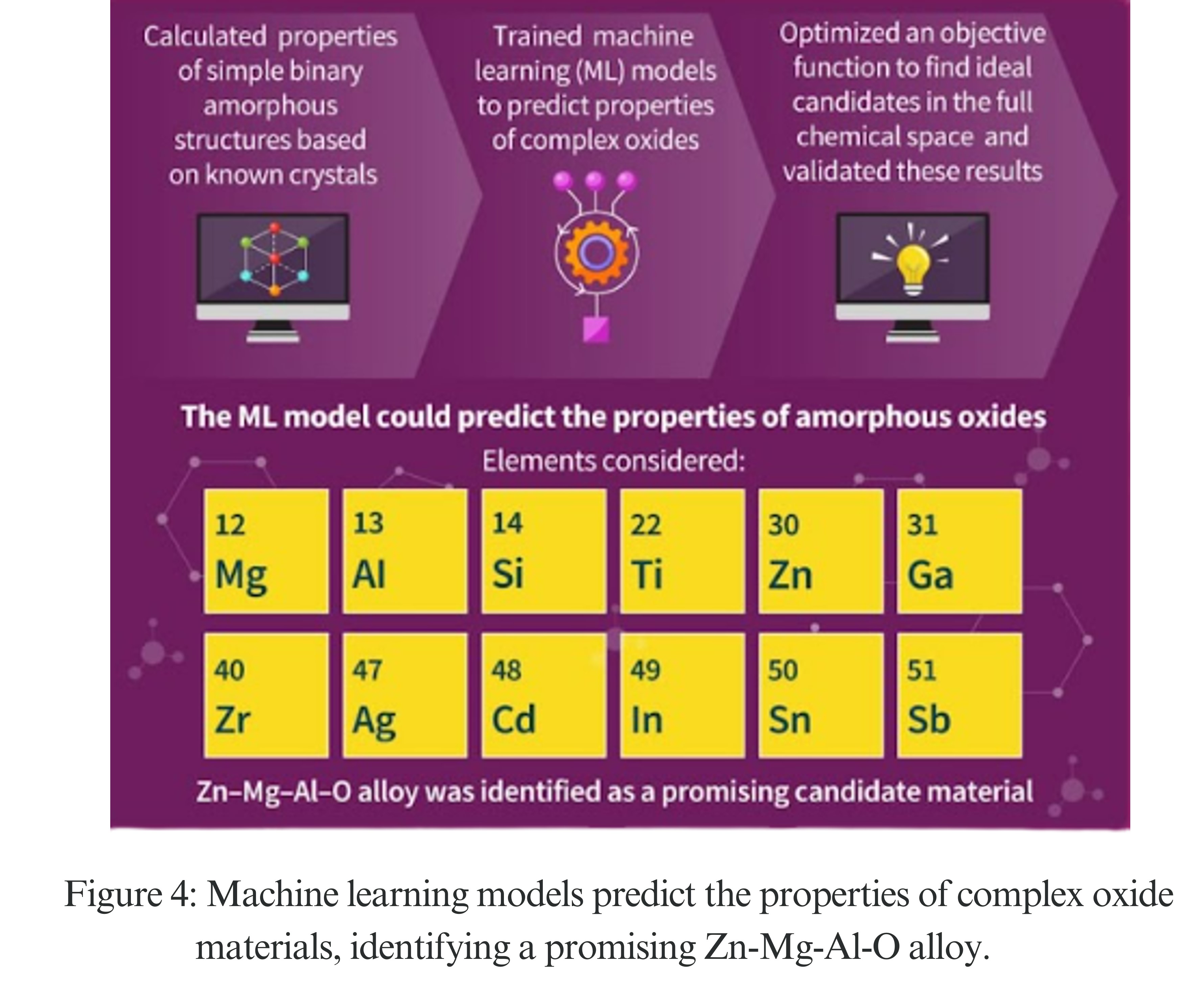
The traditional process of discovering new materials, from hypothesis to application, has always been time-consuming and expensive. But now, a new chapter in materials science has begun, and it’s being written by Machine Learning (ML). By leveraging the power of data and advanced algorithms, we can predict, design, and optimize materials in a fraction of the time it once took.

Machine Learning is a core characteristic of Artificial Intelligence (AI) that focuses on giving machines the ability to learn and improve from data. In materials science, where the number of possible material combinations is immense, this approach is revolutionary. Instead of a "trial and error" approach in a physical lab, ML can perform millions of virtual experiments in a matter of hours. This not only accelerates the discovery process but also reduces waste and costs.
Developing a material with a specific function, like a durable, self-cleaning surface for solar panels, traditionally involve synthesizing and testing countless different compositions. With ML, scientists can input known data on properties, stability, and cost. The algorithm then processes this data and suggests the most promising combinations, sometimes identifying materials that no human would have thought to test. This guided approach is far more efficient and opens up new avenues for innovation.

This integration of AI and data science in materials research is often referred to as Materials Informatics. It represents a shift

from the "trial and error" paradigm to a "database-driven" approach. By collecting and sharing vast amounts of materials data, researchers can build powerful models that predict material properties and suggest new compositions. This collaborative and data-centric method is the key to unlocking the full potential of materials science in the 21st century.

The integration of ML in materials science is not merely an academic pursuit; it is a fundamental pillar for the future of human civilization. It holds the key to unlocking entirely new classes of materials that could revolutionize everything from energy storage and semiconductors to biomedical devices and aerospace engineering. These advancements could lead to high-performance batteries for electric vehicles, more efficient solar cells, and stronger, lighter alloys for aircraft.
This new era of materials discovery presents an incredible opportunity for aspiring engineers and researchers. The skills required are evolving to include not only a deep understanding of physics and chemistry but also proficiency in data science and computational tools. There is an opportunity for anyone interested in this field to be at the forefront of this revolution. By exploring this new frontier, learning and growing with these technologies, we can together contribute to a future where our greatest challenges are met with innovative solutions, crafted by the very materials we discover.